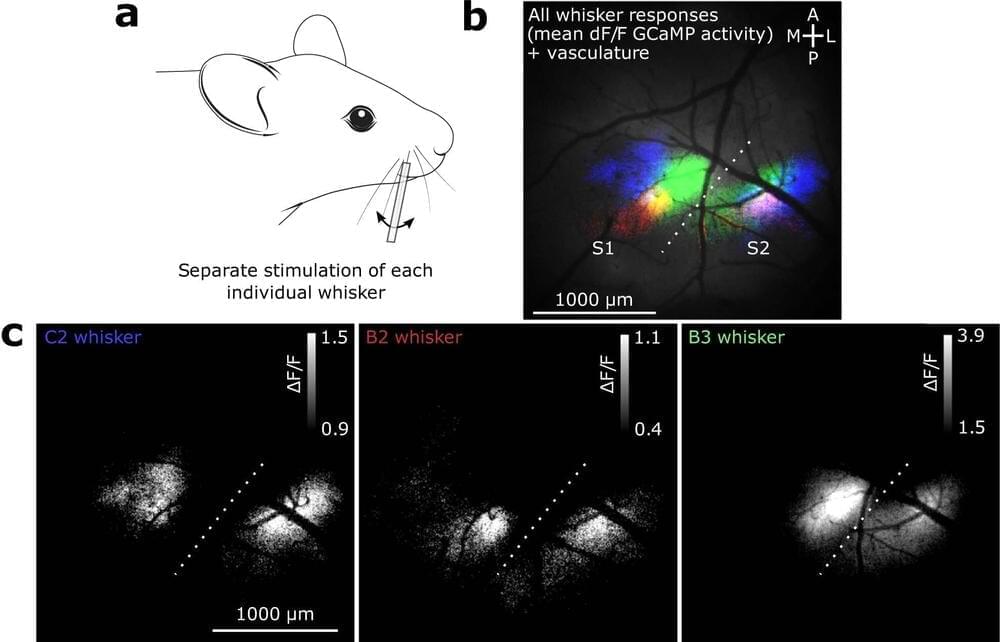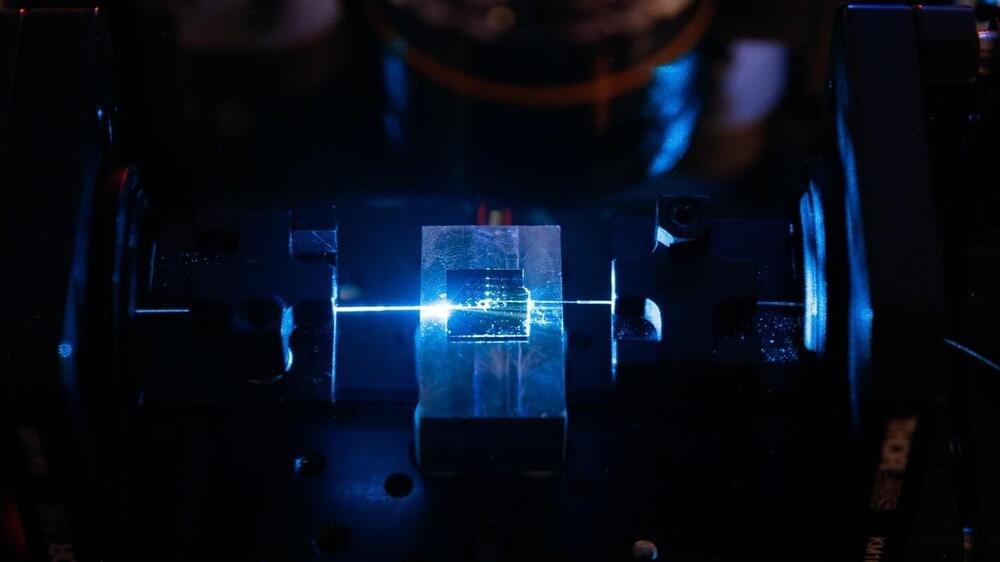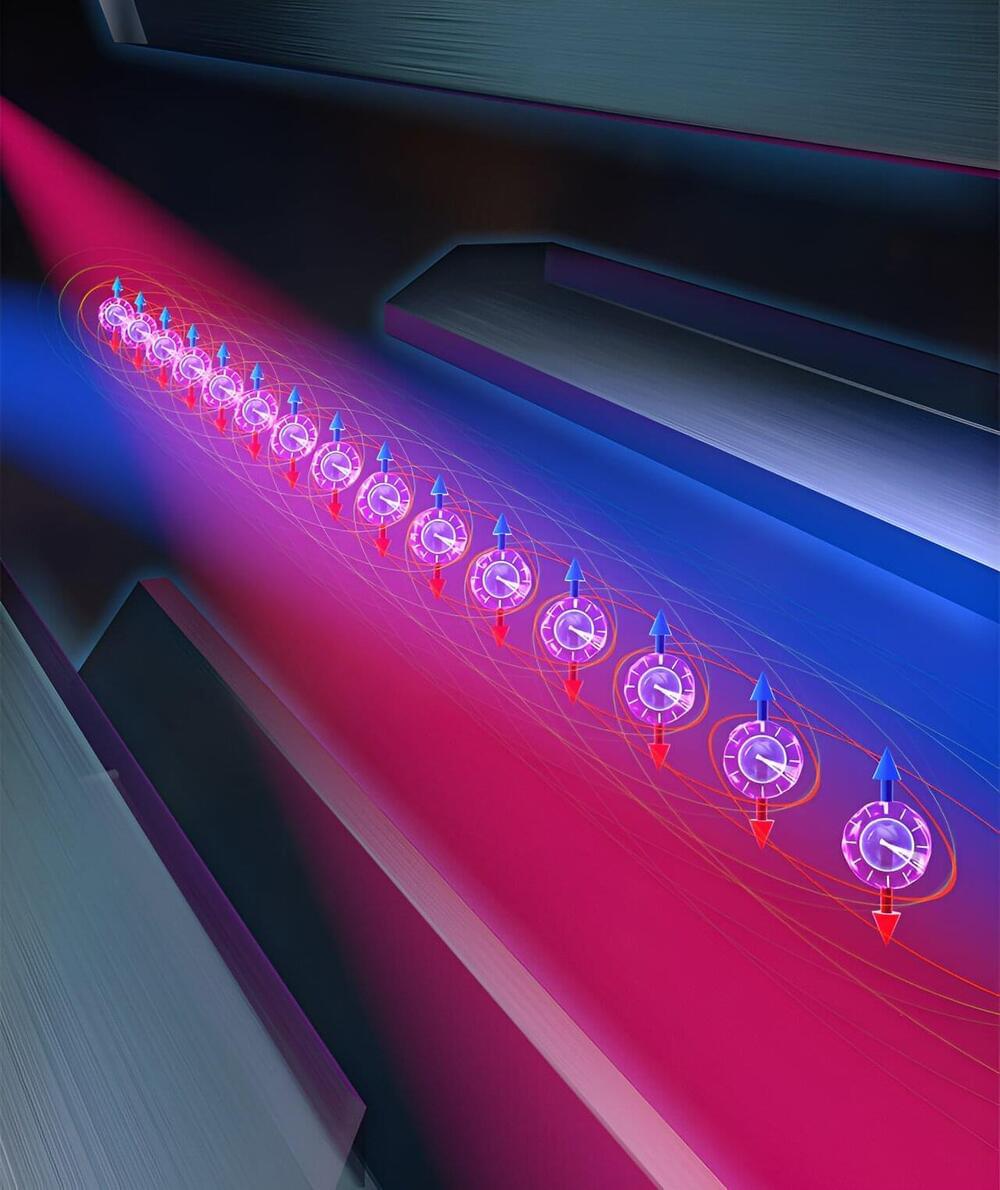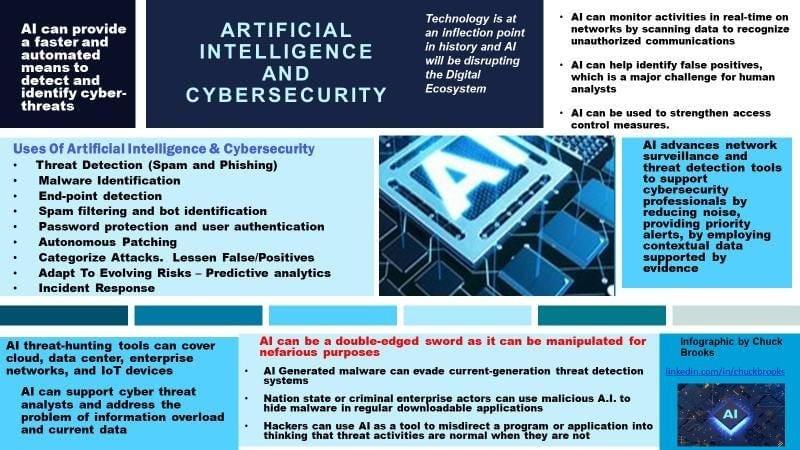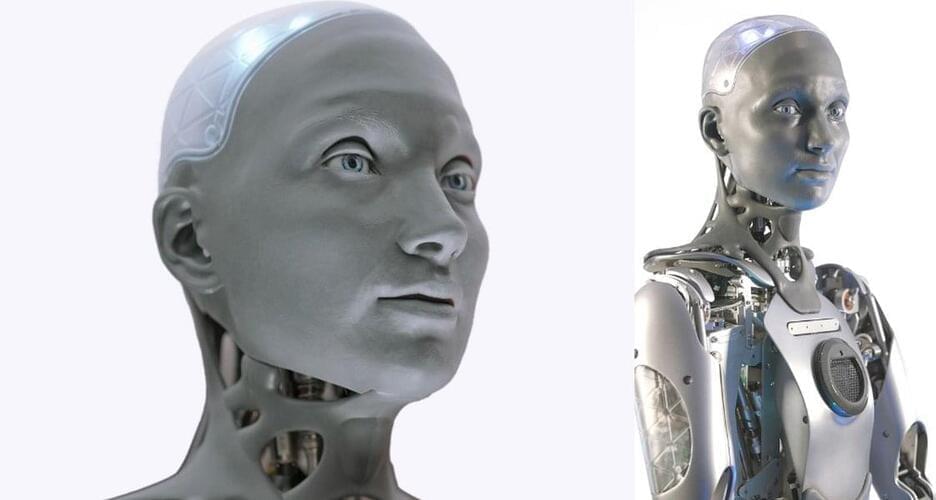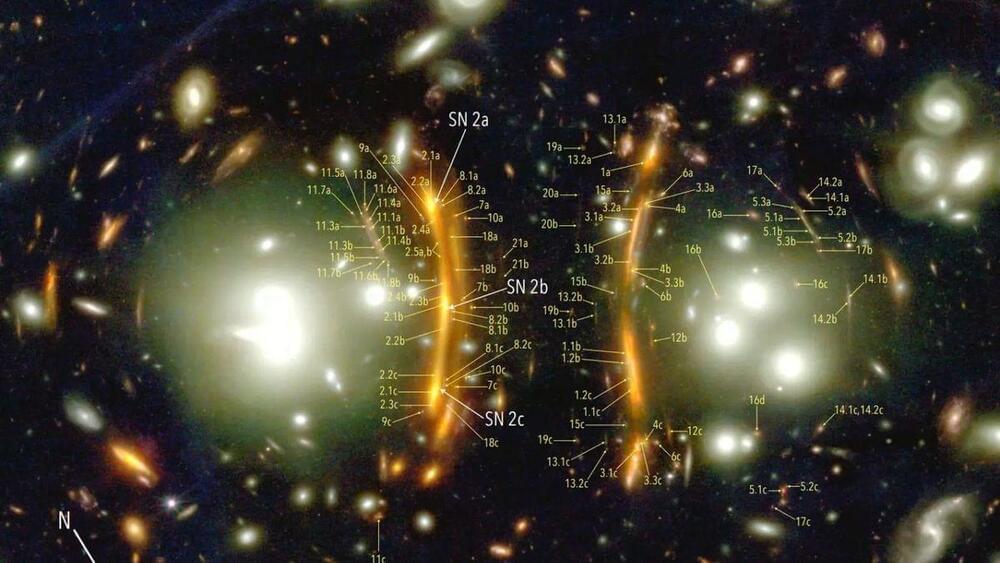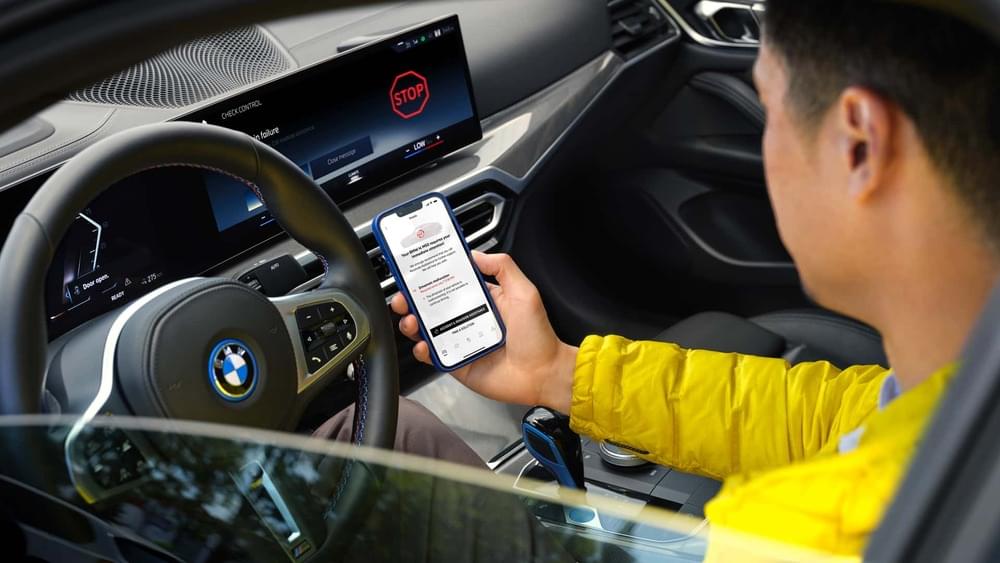The brain is a sophisticated biological system known to produce different experiences and perceptions via complex dynamics. Different brain regions and neural populations commonly work in tandem, communicating with each other to ultimately produce specific behaviors and sensations.
Researchers at University of Oxford and the Max Planck Institute for Dynamics and Self-Organization recently carried out a study aimed at better understanding the neural dynamics underpinning this communication between neural populations. Their findings, gathered in Nature Neuroscience, show that the probability that mice will perceive something is linked to a variability of neural activity in the brain region that processes the incoming stimulus information.
“Generally, we are interested in how the brain processes information,” James Rowland and Thijs Van der Plas, co-authors of the paper, told Medical Xpress. “The brain receives inputs from the senses which reflect what is happening in the world around it. It must then make sense of this information and use it to make decisions and take actions. To achieve this, the brain is built on a principle of division of labor, where different regions are specialized to perform distinct tasks.”
